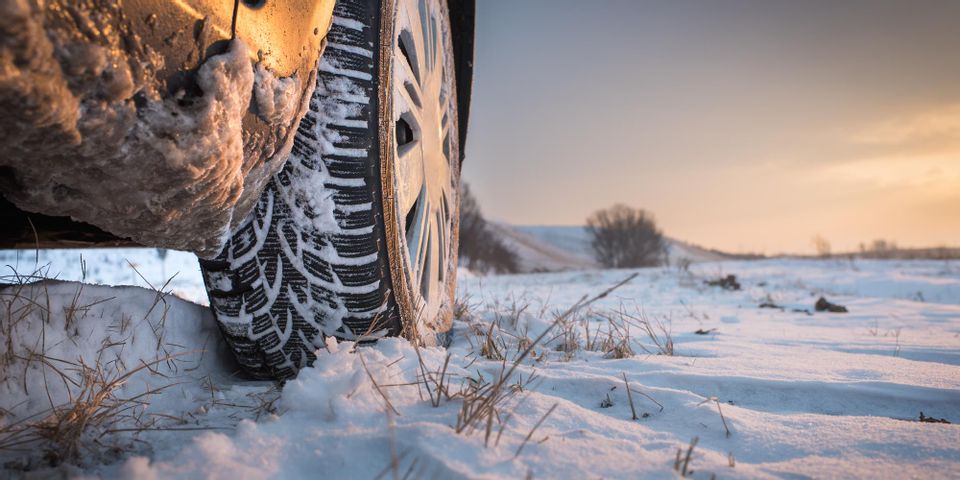Tire Fundamentals for Cold Weather Driving

Durable automotive tires are essential to your safety on the road. A sound set ensures that your vehicle has enough traction and grip to avoid accidents when driving. However, not all tires are made equal. Some models, like winter tires, are designed to perform better under adverse conditions. Here’s what you need to know about them.
What Makes Winter Tires Different From Others?
 Winter tires are made for the cold-weather season and are vastly different from their all-season counterparts. A large component is its rubber. It is formulated to remain supple and flexible under temperatures below 50 degrees Fahrenheit, unlike the regular automotive tires that turn stiff and brittle in the cold. The temperature makes rubber’s breaking point like glass, and it is brittle and prone to cracking. The cold they can handle is dubbed the glass transition temperature. For winter tires, this number is considerably lower.
Winter tires are made for the cold-weather season and are vastly different from their all-season counterparts. A large component is its rubber. It is formulated to remain supple and flexible under temperatures below 50 degrees Fahrenheit, unlike the regular automotive tires that turn stiff and brittle in the cold. The temperature makes rubber’s breaking point like glass, and it is brittle and prone to cracking. The cold they can handle is dubbed the glass transition temperature. For winter tires, this number is considerably lower.
Apart from the rubber formulation, winter tires have distinct tread patterns that reduce the risk of hydroplaning. Their treads run in a single direction and are deeper, making them more effective in channeling water out and away from the tires. Also, they have small, narrow grooves called sipes that hold in snow for better traction.
Why Should You Use Them?
Contrary to popular belief, winter tires are not just used for snowy conditions. Although they are sometimes called snow tires, it’s a misnomer and no longer applicable. They perform best during freezing temperatures with or without snowfall because they remain pliable. Winter tires offer excellent traction and are superb at handling both wet and dry pavements whenever it’s cold out.
Compared to their all-season or summer counterparts, winter automotive tires offer better stopping capabilities in cold climates, due to the flexible rubber on their treads. They prevent slipping and sliding, especially when the roads are wet, icy, or slushy.
How Early Should You Get Them?
Take out the stress and tension of winter driving by swapping out your automotive tires at the right time. While experts recommend changing to winter tires around Thanksgiving, conditions may be right before then. Temperatures start to drop below 40 degrees Fahrenheit in October, so plan to replace your tires as soon as the cold weather is consistent. Refrain from waiting for the first signs of frost. Winter tires also perform well on dry, cold roads at the start of the season.
When searching for winter tires, look for ones with an icon of three mountains, which is an indication that it passed the Department of Transportation standards. Opt to get yours from trusted tire manufacturers, but keep in mind which model suits your vehicle and driving conditions best.
For premium quality winter tires, head over to Alaskan Auto Center in Anchorage. They carry an extensive selection of automotive tires from leading brands. Aside from installing a new set, their expert mechanics also offer tire rotations and other auto maintenance services like oil changes and brake repairs. Call (907) 522-7035 to set an appointment or request a free estimate online.
About the Business
Have a question? Ask the experts!
Send your question

